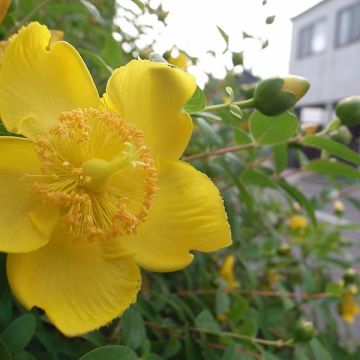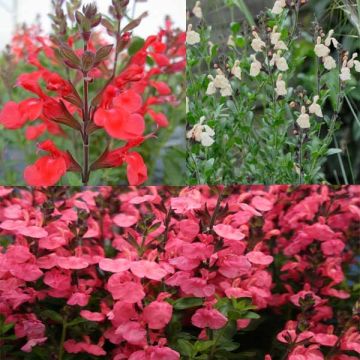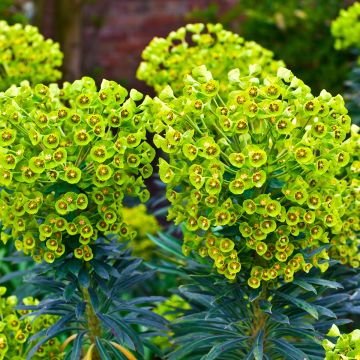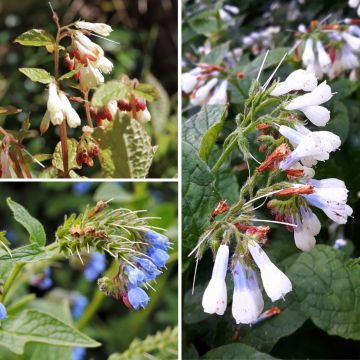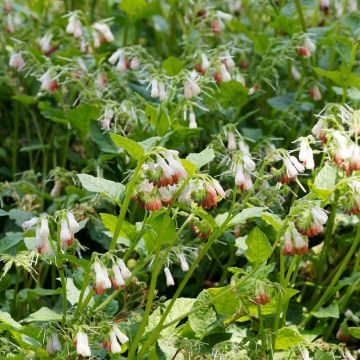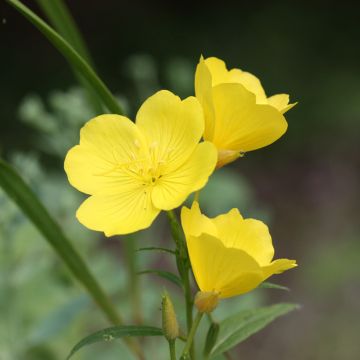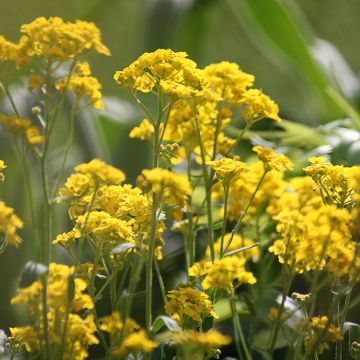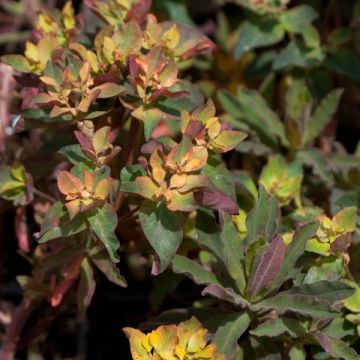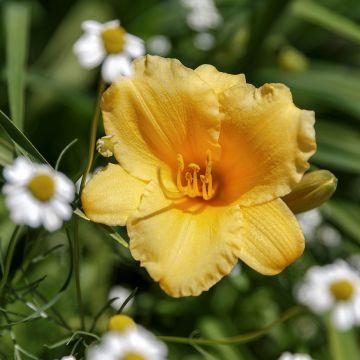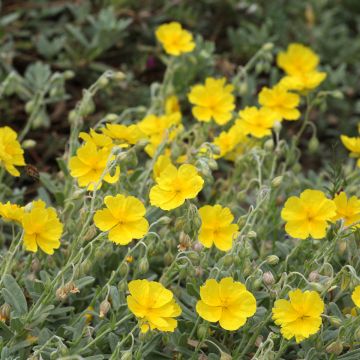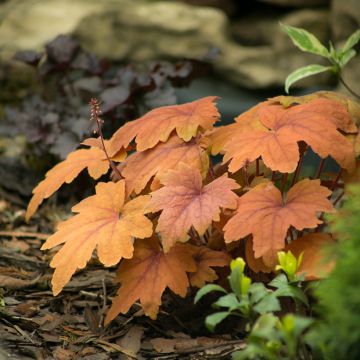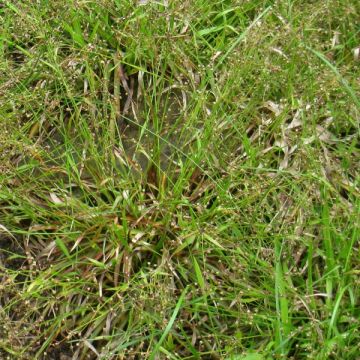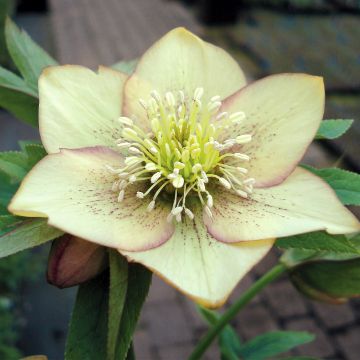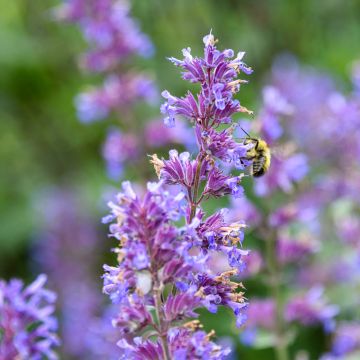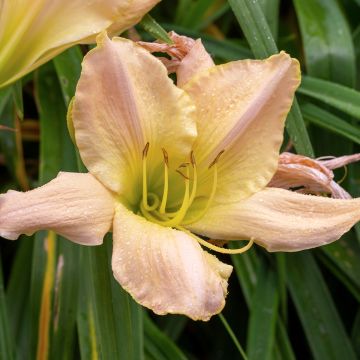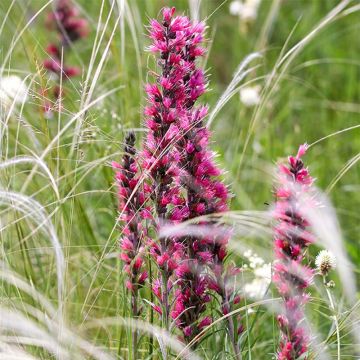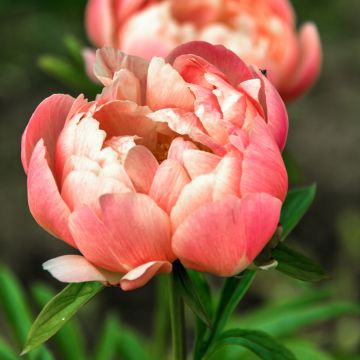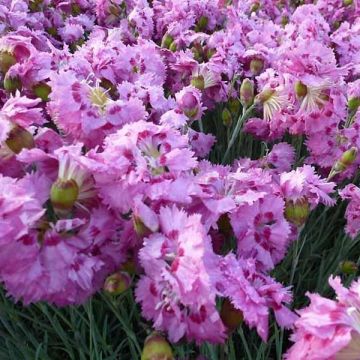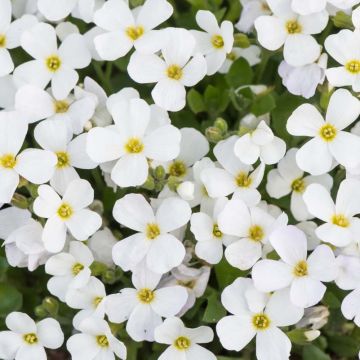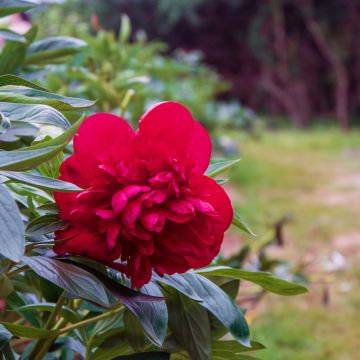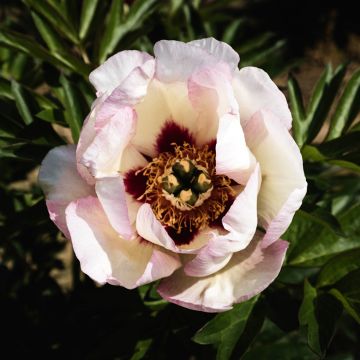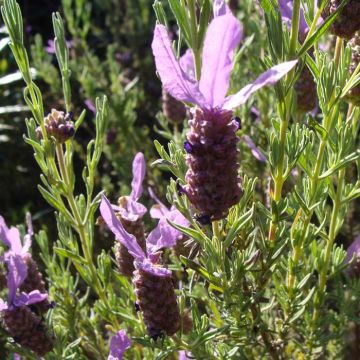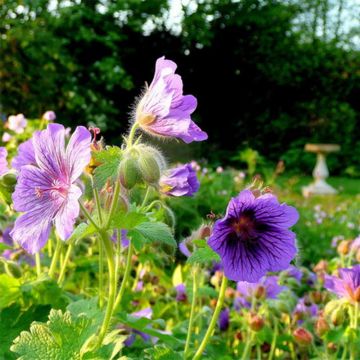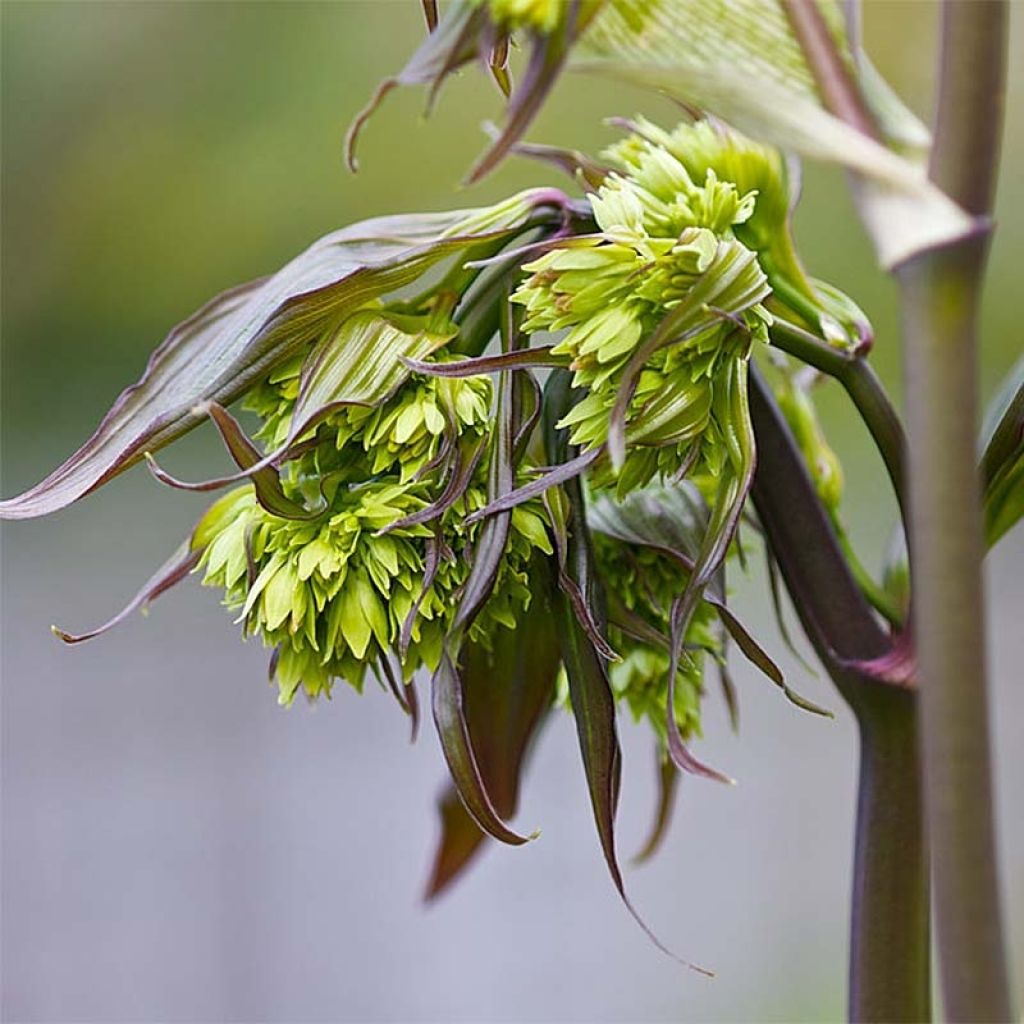

Disporum cantoniense Night Heron
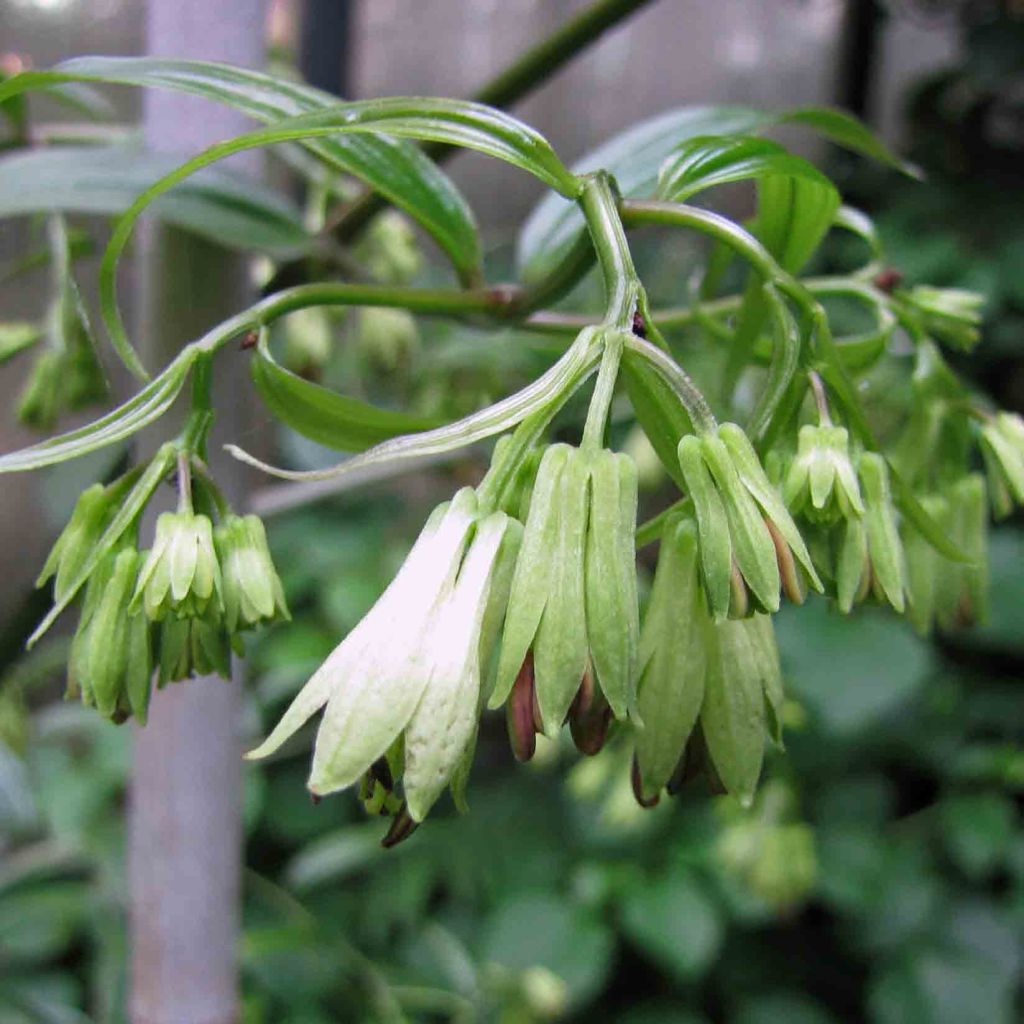

Disporum cantoniense Night Heron
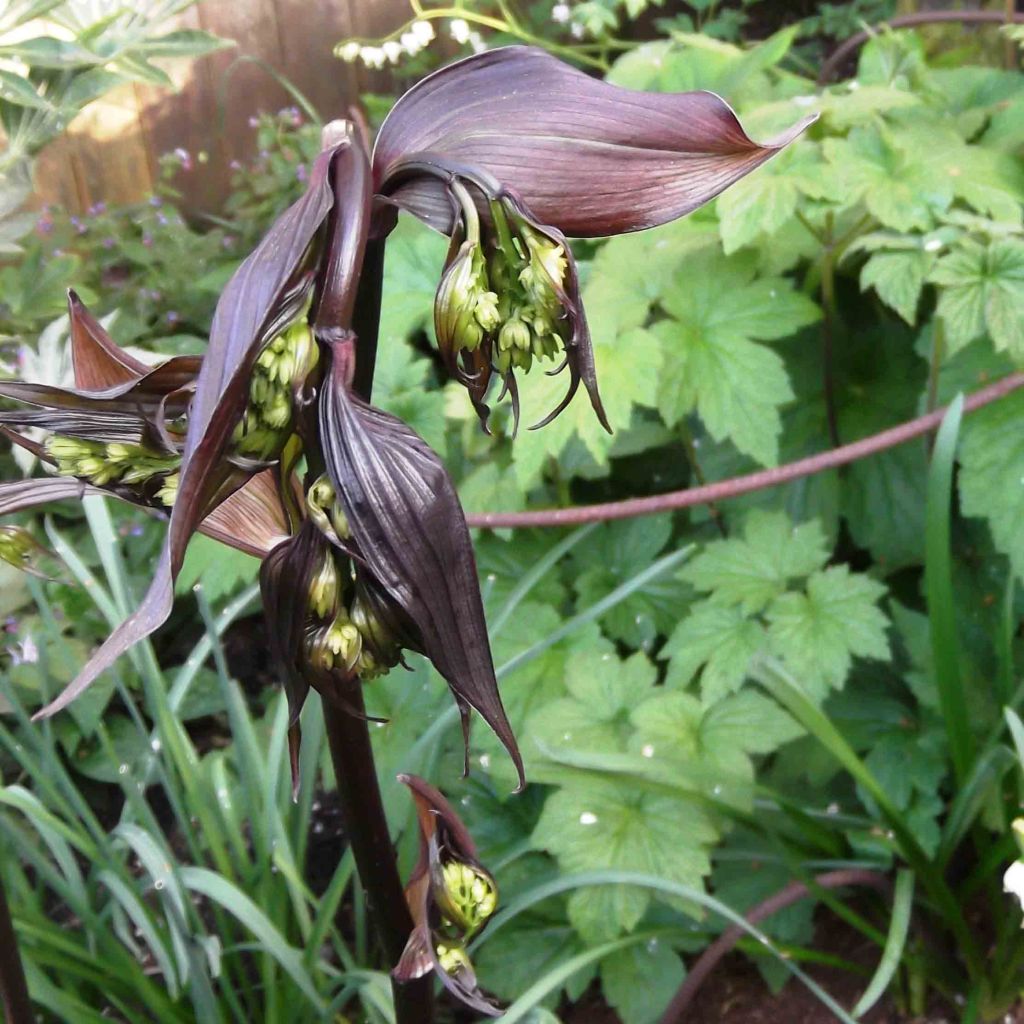

Disporum cantoniense Night Heron
Disporum cantoniense Night Heron
Disporum cantoniense Night Heron
Chinese Fairy Bells
Dry wood, no leaf, I still haven't put it in the ground, it's also in my conservatory. What should I do?
Béatrice, 17/04/2023
Why not try an alternative variety in stock?
View all →This plant carries a 12 months recovery warranty
More information
We guarantee the quality of our plants for a full growing cycle, and will replace at our expense any plant that fails to recover under normal climatic and planting conditions.
From €5.90 for pickup delivery and €6.90 for home delivery
Express home delivery from €8.90.
Does this plant fit my garden?
Set up your Plantfit profile →
Description
Disporum cantonense Night Heron, sometimes called D. longistylum Night Heron, is a particularly striking cultivar derived from a Chinese perennial called Fairy Bells. The plant is distinguished by its very dark young shoots and leaves, which create a beautiful contrast with its spring flowers in pendulous bell-shaped clusters, ranging from yellow-green to lime-green in colour. This foliage slowly turns green in summer, often persists in winter, and then becomes adorned with small, highly decorative berries that are very dark blue-black. Disporums are cultivated in humus-rich and consistently moist, yet well-drained soil. They pair well with acid-loving plants and can also be grown in containers on a shaded patio or balcony.
Disporum cantonense Night Heron belongs to the Colchicaceae family and is a relative of Solomon's Seals. Its presumed ancestor, the Canton Disporum, is native to Chinese forests, Taiwan, India, Laos, Nepal, Thailand, and Vietnam, where it is found growing at altitudes between 700 and 3,000 m (766 and 3281 yards). It is a perennial plant with a creeping rhizome that spreads over time without becoming invasive. According to experts, the 'Night Heron' cultivar does not possess the characteristics of its supposed parent, but rather those of its close relative, D. longistylum.
This evergreen plant can withstand temperatures as low as -12°C (10.4°F) and produces quite spectacular young shoots that are dark brown-purple, almost black in colour. They grow into upright and trailing, branching stems that form a dense clump, reaching 80 cm (32in) to 1.20 m (4ft) in height depending on the plant's age and soil conditions. The young stems and leaves are also very dark in colour. The foliage consists of alternate leaves, measuring 5 to 12 cm (2 to 5in) long and 3 to 5 cm (1 to 2in) wide, strongly lanceolate, elongated, with distinct parallel veins. The shiny lamina slowly transitions from dark brown-purple to olive green and then to a darker shade of green. The flowering occurs in May-June, with slightly open tubular flowers measuring 1 to 2 cm (1in) long, pale yellow tinged with green, arranged in pendulous clusters of 3 to 10 units, appearing at the terminal part of the stems or in the axils of the leaves. It is followed by spherical dark blue-black fruits, measuring 8 to 10 mm (1in) in diameter.
Disporum Night Heron will thrive in the coolest areas of the garden, bringing an exotic, colourful, and graceful touch. It can be easily grown in containers, allowing it to be paired with larger plants on the terrace that will provide the shade it seeks. This plant requires little care and tolerates competition from the roots of trees and shrubs but cannot tolerate any drought. It can be planted in understory planting or dappled sunlight (introduce multiple plants in a small area), to accompany the spring blooms of Magnolias, Rhododendrons, Pieris, camellias, and other hydrangeas. In these flower beds at the base of shrubs, for example, pair it with Anemone 'Robinsoniana', hosta Jurassic Park, or Boehmeria cylindrica. Superb in a flowering pot, combine it with blue scillas, and place it under Fatsias, Papyrus, Colocasia...
Report an error about the product description
Disporum cantoniense Night Heron in pictures






Flowering
Foliage
Plant habit
Botanical data
Disporum
cantoniense
Night Heron
Liliaceae
Chinese Fairy Bells
Cultivar or hybrid
Other Perennials A to Z
Planting and care
Disporum cantonense Night Heron appreciates humus-rich, acid to neutral soils that are always moist but well-drained. Soils that are too heavy with clay and waterlogged in winter can cause its roots to rot, and limestone is poorly tolerated. Plant it in partial shade or not too dense shade. Growing it in pots is easy in a substrate composed of pure leaf compost and regularly enriched with well-decomposed compost. Repeated watering with hard water should be avoided. Water with rainwater if possible. It is sometimes susceptible to attacks from gastropods and whiteflies. Divide clumps in spring.
Planting period
Intended location
Care
-
, onOrder confirmed
Reply from on Promesse de fleurs
Spring flowering perennials
Haven't found what you were looking for?
Hardiness is the lowest winter temperature a plant can endure without suffering serious damage or even dying. However, hardiness is affected by location (a sheltered area, such as a patio), protection (winter cover) and soil type (hardiness is improved by well-drained soil).

Photo Sharing Terms & Conditions
In order to encourage gardeners to interact and share their experiences, Promesse de fleurs offers various media enabling content to be uploaded onto its Site - in particular via the ‘Photo sharing’ module.
The User agrees to refrain from:
- Posting any content that is illegal, prejudicial, insulting, racist, inciteful to hatred, revisionist, contrary to public decency, that infringes on privacy or on the privacy rights of third parties, in particular the publicity rights of persons and goods, intellectual property rights, or the right to privacy.
- Submitting content on behalf of a third party;
- Impersonate the identity of a third party and/or publish any personal information about a third party;
In general, the User undertakes to refrain from any unethical behaviour.
All Content (in particular text, comments, files, images, photos, videos, creative works, etc.), which may be subject to property or intellectual property rights, image or other private rights, shall remain the property of the User, subject to the limited rights granted by the terms of the licence granted by Promesse de fleurs as stated below. Users are at liberty to publish or not to publish such Content on the Site, notably via the ‘Photo Sharing’ facility, and accept that this Content shall be made public and freely accessible, notably on the Internet.
Users further acknowledge, undertake to have ,and guarantee that they hold all necessary rights and permissions to publish such material on the Site, in particular with regard to the legislation in force pertaining to any privacy, property, intellectual property, image, or contractual rights, or rights of any other nature. By publishing such Content on the Site, Users acknowledge accepting full liability as publishers of the Content within the meaning of the law, and grant Promesse de fleurs, free of charge, an inclusive, worldwide licence for the said Content for the entire duration of its publication, including all reproduction, representation, up/downloading, displaying, performing, transmission, and storage rights.
Users also grant permission for their name to be linked to the Content and accept that this link may not always be made available.
By engaging in posting material, Users consent to their Content becoming automatically accessible on the Internet, in particular on other sites and/or blogs and/or web pages of the Promesse de fleurs site, including in particular social pages and the Promesse de fleurs catalogue.
Users may secure the removal of entrusted content free of charge by issuing a simple request via our contact form.
The flowering period indicated on our website applies to countries and regions located in USDA zone 8 (France, the United Kingdom, Ireland, the Netherlands, etc.)
It will vary according to where you live:
- In zones 9 to 10 (Italy, Spain, Greece, etc.), flowering will occur about 2 to 4 weeks earlier.
- In zones 6 to 7 (Germany, Poland, Slovenia, and lower mountainous regions), flowering will be delayed by 2 to 3 weeks.
- In zone 5 (Central Europe, Scandinavia), blooming will be delayed by 3 to 5 weeks.
In temperate climates, pruning of spring-flowering shrubs (forsythia, spireas, etc.) should be done just after flowering.
Pruning of summer-flowering shrubs (Indian Lilac, Perovskia, etc.) can be done in winter or spring.
In cold regions as well as with frost-sensitive plants, avoid pruning too early when severe frosts may still occur.
The planting period indicated on our website applies to countries and regions located in USDA zone 8 (France, United Kingdom, Ireland, Netherlands).
It will vary according to where you live:
- In Mediterranean zones (Marseille, Madrid, Milan, etc.), autumn and winter are the best planting periods.
- In continental zones (Strasbourg, Munich, Vienna, etc.), delay planting by 2 to 3 weeks in spring and bring it forward by 2 to 4 weeks in autumn.
- In mountainous regions (the Alps, Pyrenees, Carpathians, etc.), it is best to plant in late spring (May-June) or late summer (August-September).
The harvesting period indicated on our website applies to countries and regions in USDA zone 8 (France, England, Ireland, the Netherlands).
In colder areas (Scandinavia, Poland, Austria...) fruit and vegetable harvests are likely to be delayed by 3-4 weeks.
In warmer areas (Italy, Spain, Greece, etc.), harvesting will probably take place earlier, depending on weather conditions.
The sowing periods indicated on our website apply to countries and regions within USDA Zone 8 (France, UK, Ireland, Netherlands).
In colder areas (Scandinavia, Poland, Austria...), delay any outdoor sowing by 3-4 weeks, or sow under glass.
In warmer climes (Italy, Spain, Greece, etc.), bring outdoor sowing forward by a few weeks.

































